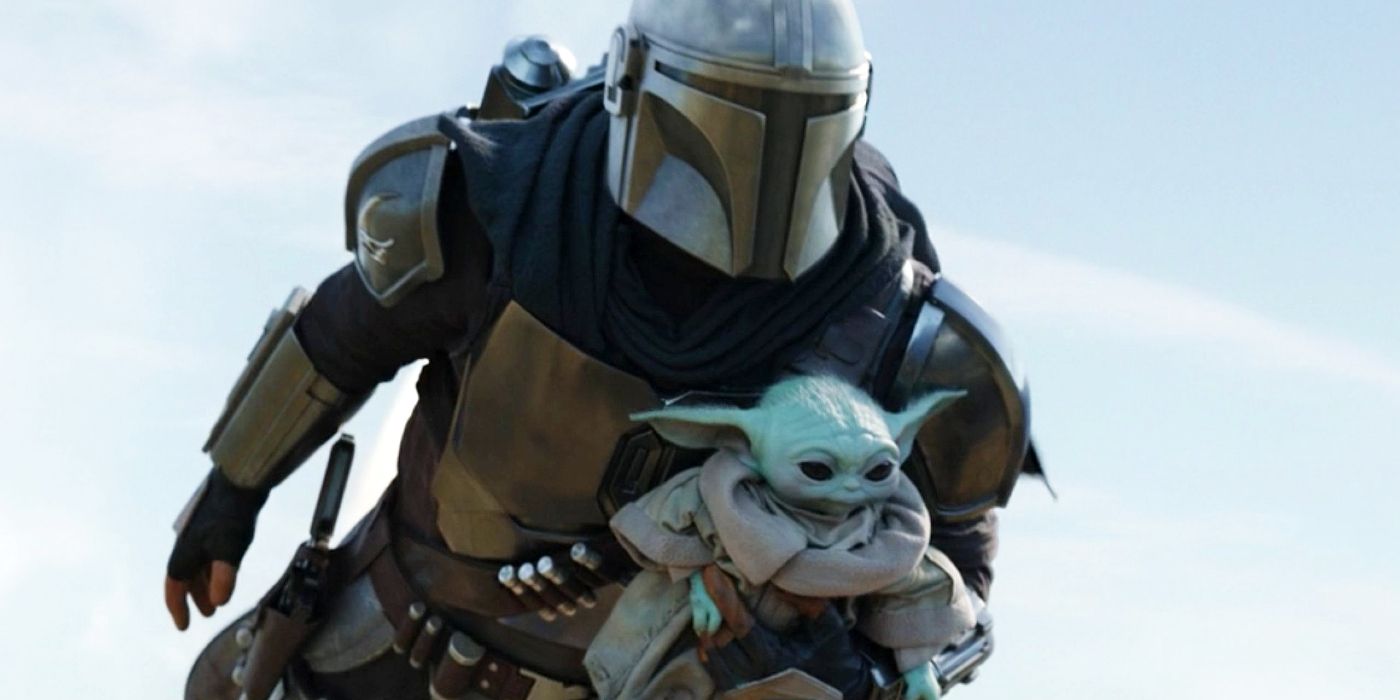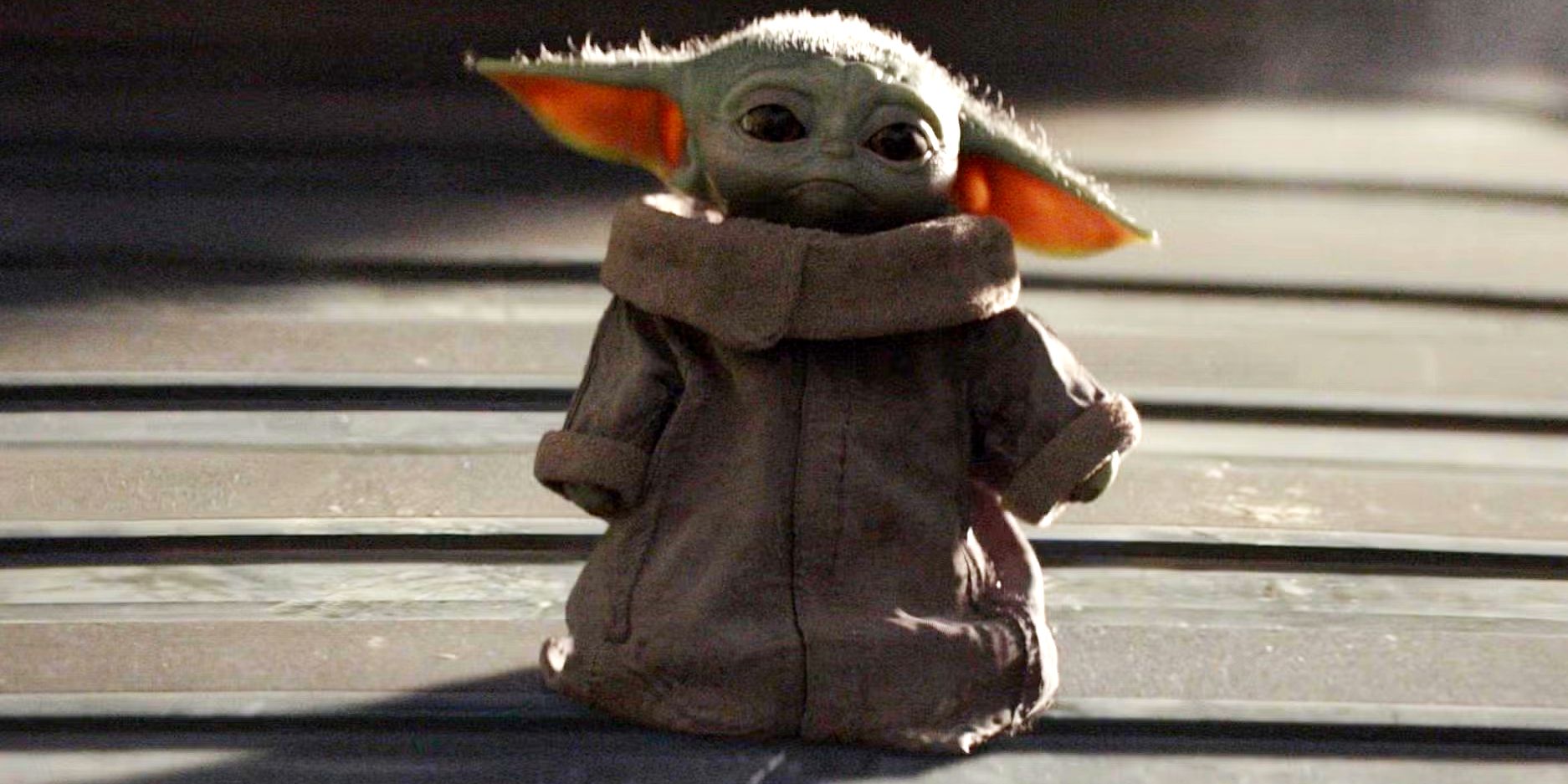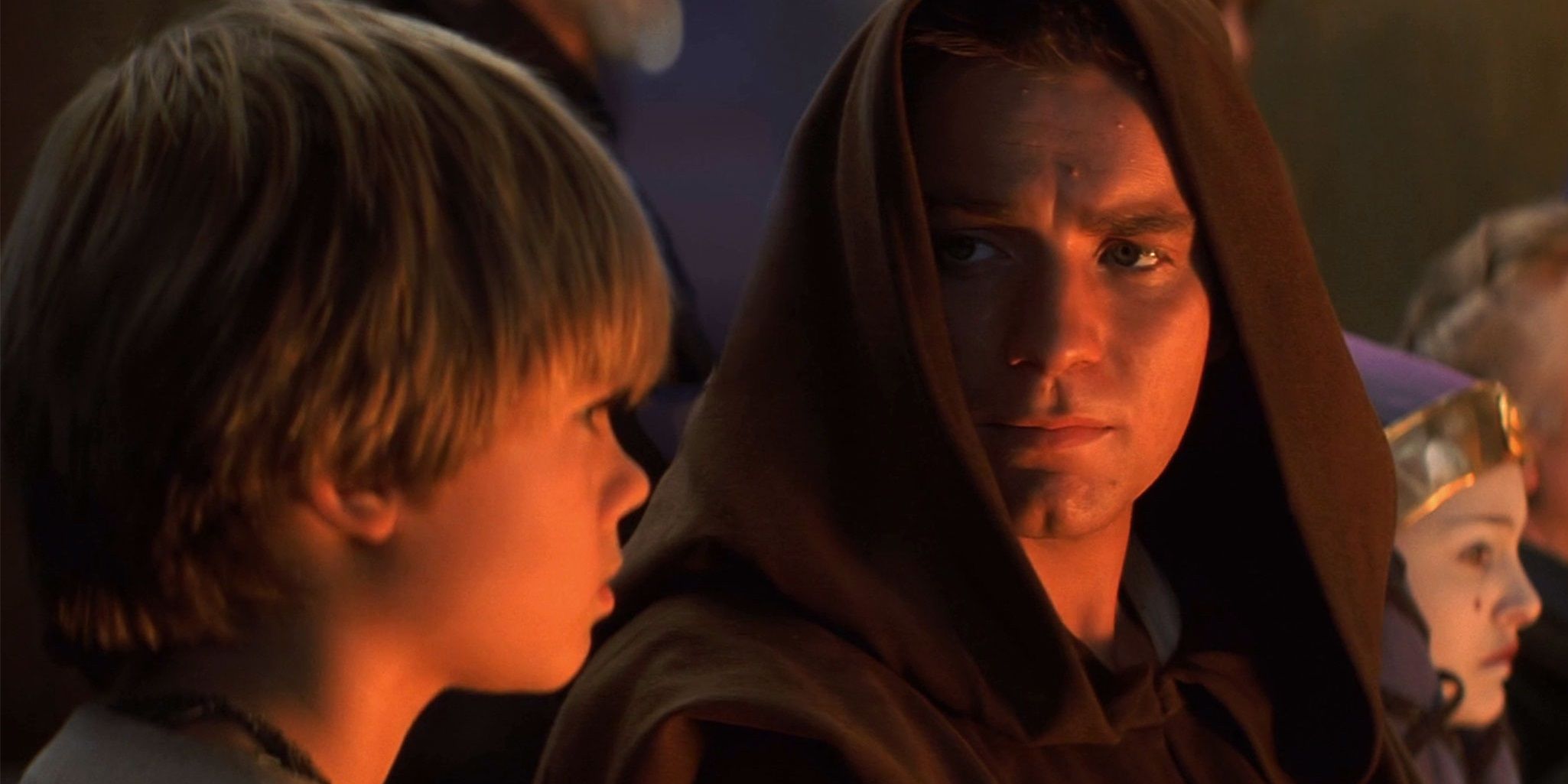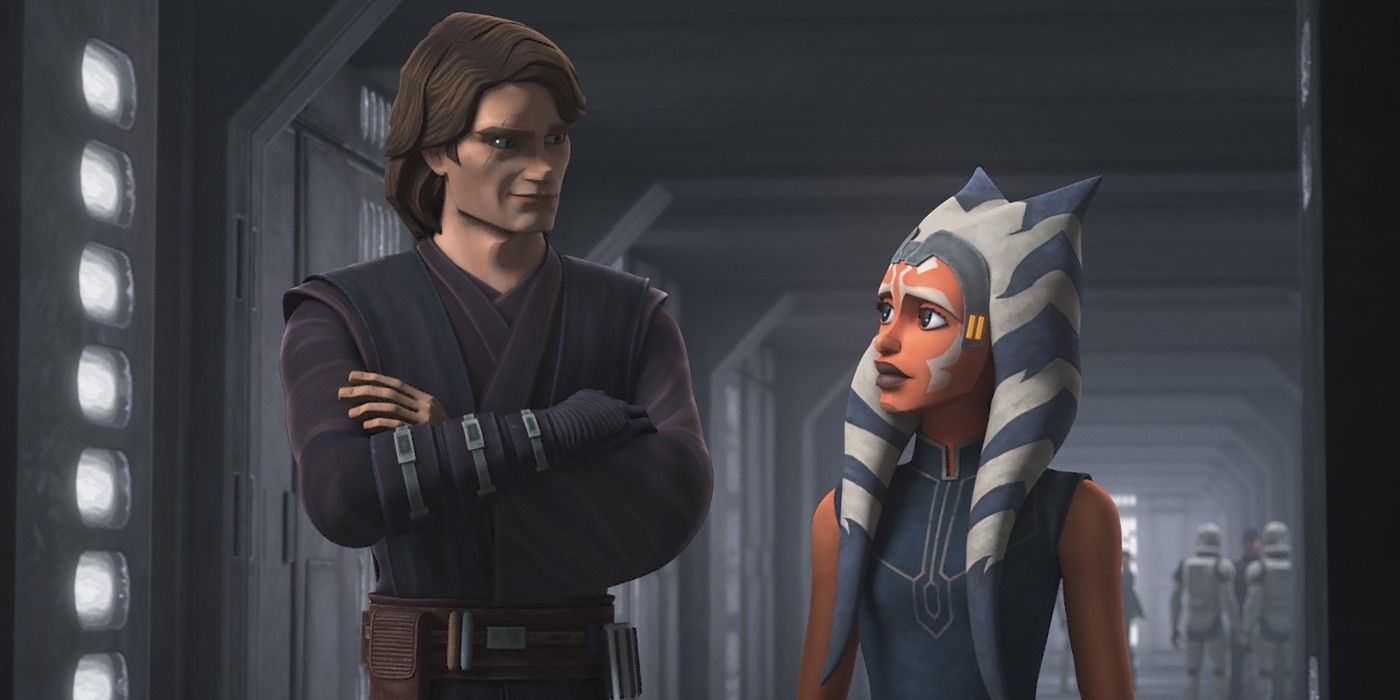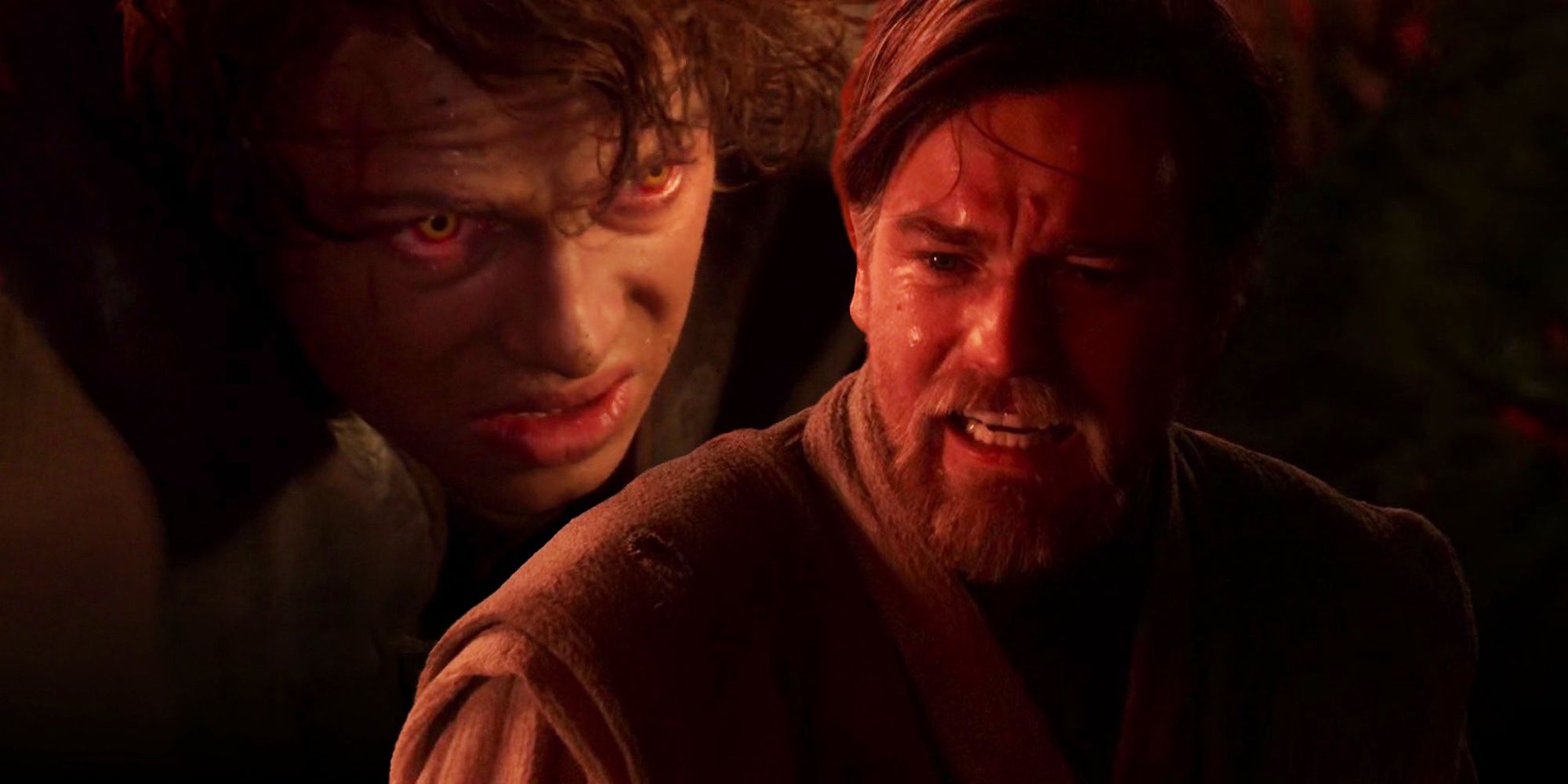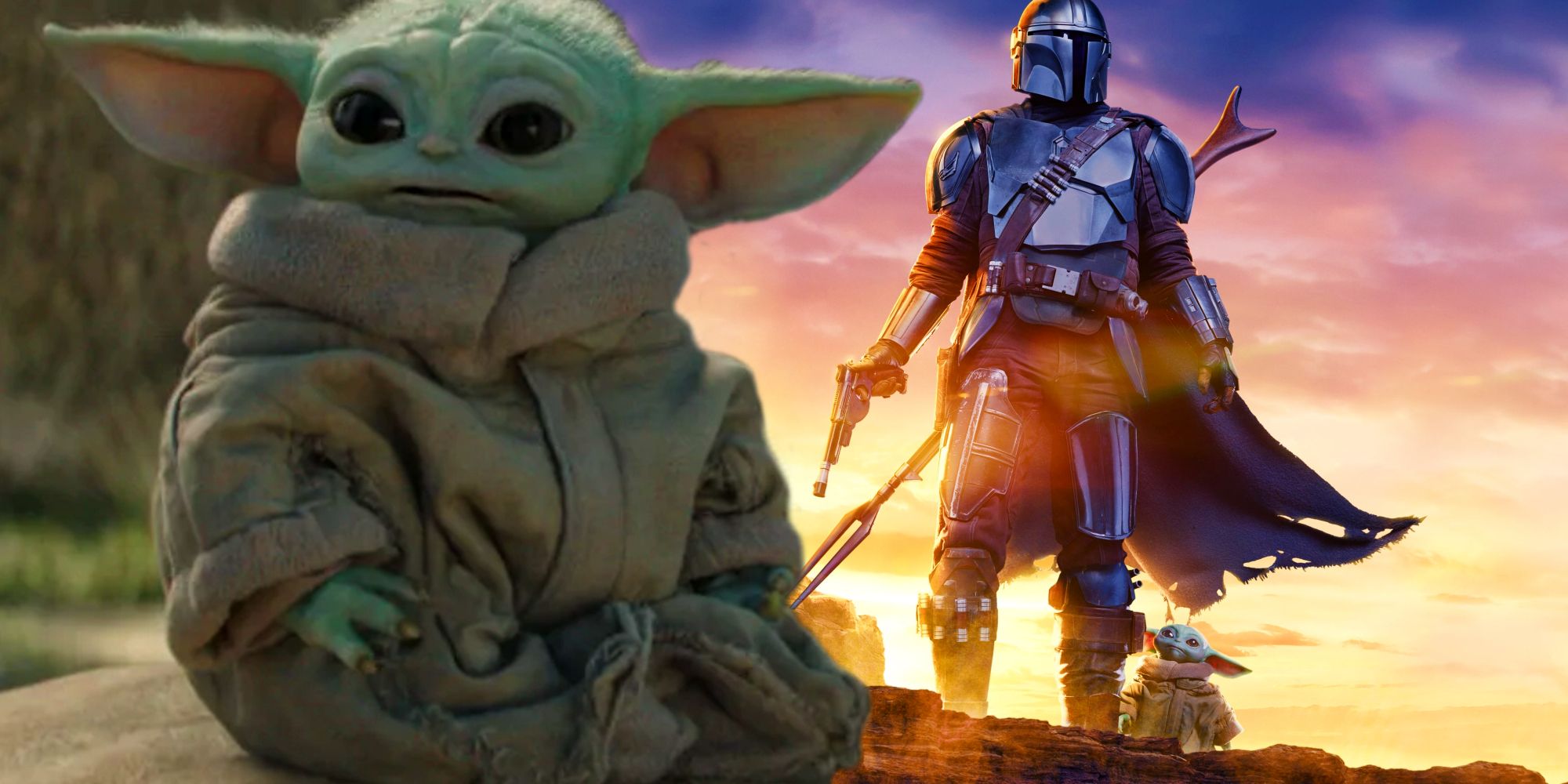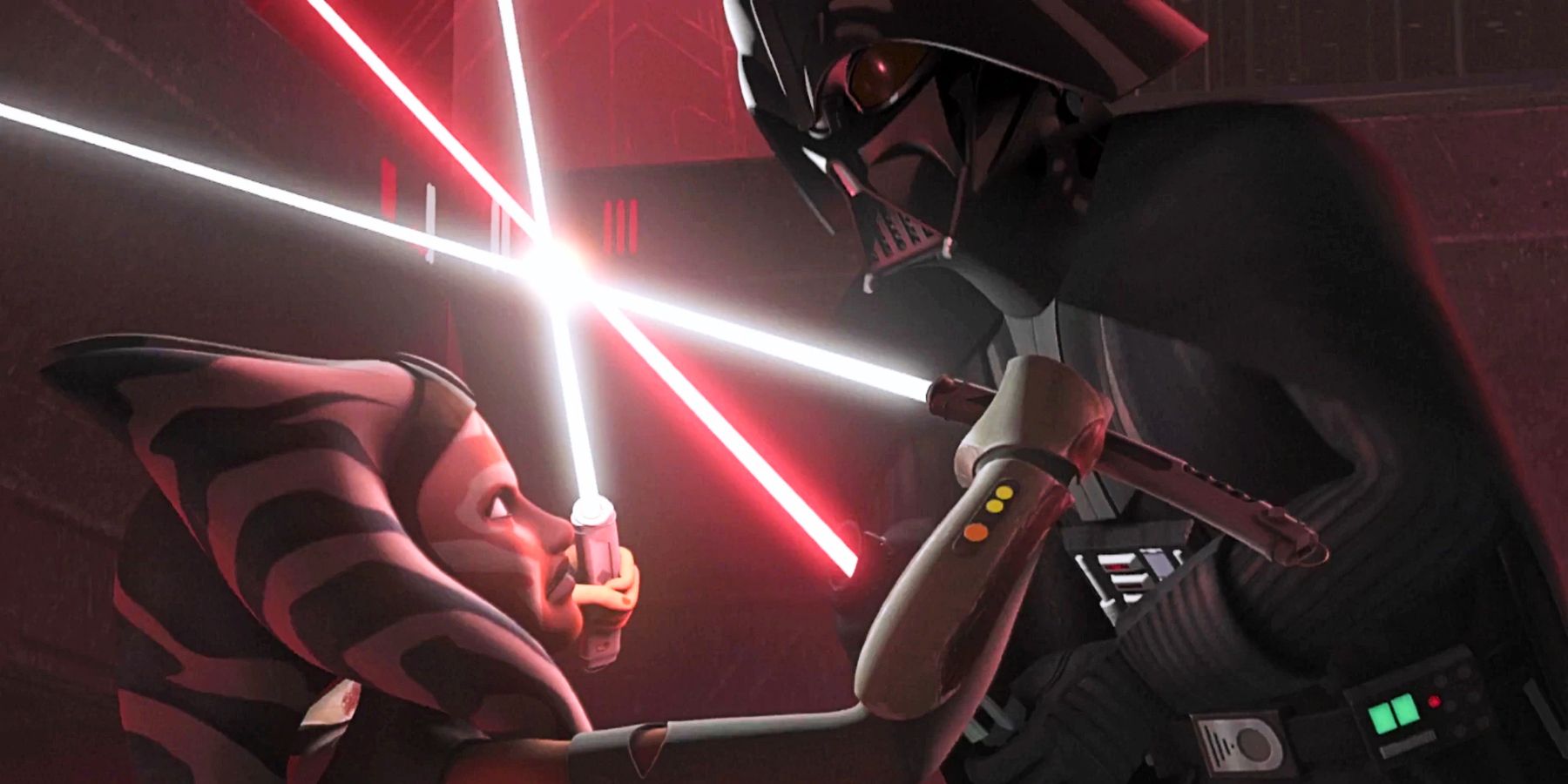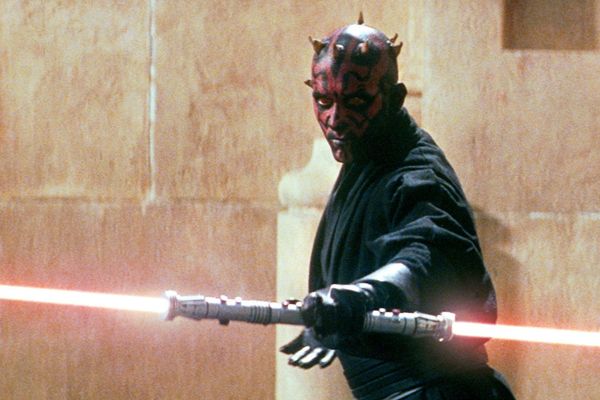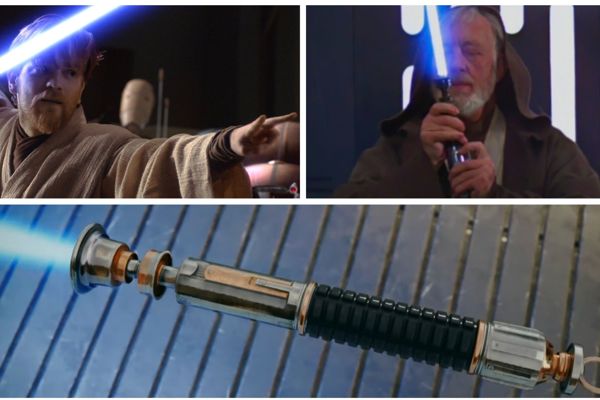
The Mandalorian & Grogu: A New Era for Master and Apprentice Relationships

Exploring the unique dynamics of the master and apprentice relationship in the upcoming Star Wars movie, The Mandalorian & Grogu, and how it challenges traditional Jedi principles.
The Mandalorian & Grogu: A Distinct Master and Apprentice Dynamic
Star Wars recently announced The Mandalorian & Grogu movie, which will follow Din Djarin and his newly adopted son, Grogu, after the conclusion of The Mandalorian season 3. As Grogu has become Din's apprentice, the movie will see the Mandalorians' version of the master and apprentice dynamic that has often been at the heart of Star Wars movies.
Din Djarin and Grogu flying in The Mandalorian.
The Mandalorian & Grogu has already made itself distinct from previous Star Wars content because The Mandalorian itself has leaned into the bond between Din Djarin and Grogu, making them official family in season 3. Now that Grogu is not only Din's son but also his apprentice, their master and apprentice relationship will be much different than what's previously been seen with the Jedi. This fits with the previous master and apprentice relationship themes of the other Star Wars movies, but it also reveals a glaring problem The Mandalorian & Grogu will be fixing.
Baby Yoda Din Grogu
The Problem with the Master and Apprentice Theme in Star Wars
The master and apprentice dynamic has been a part of the Star Wars franchise since its inception; both the Jedi and the Sith followed that structure for centuries. Both have also equally demonstrated its flaws. In the case of the Sith, the master/apprentice dynamic doesn't work, because the apprentice is always seeking to destroy and take the place of the master. With the Jedi, the problem was much more complex; although the Jedi Order had Padawans become paired with particular Jedi Masters and train alongside them for years, the two were supposed to maintain a neutrality that simply wasn't natural or realistic.
Obi-Wan and Anakin in The Phantom Menace
The conflict with attachments is not only Anakin's, though; all three struggle in similar ways. While pairs like Barriss Offee and Master Luminara Unduli may have succeeded in holding each other at arm's length, more central characters did not. The most prominent of these include Anakin and Obi-Wan, as well as Ahsoka and Anakin (with Anakin, unsurprisingly, as the common denominator). The Jedi were against attachments, yet the very structure of their Order created them.
Anakin and Ahsoka in The Clone Wars.
While Obi-Wan often adheres to the Jedi code, he gives himself away in his encounter with Anakin on Mustafar in Star Wars: Episode III - Revenge of the Sith. As Anakin burns, Obi-Wan, who looks and sounds utterly heartbroken, says, 'You were my brother, Anakin. I loved you.' Even Obi-Wan felt the attachment between master and apprentice, and Anakin certainly reciprocated, as he told Padmé that Obi-Wan was like his father in Star Wars: Episode II - Attack of the Clones.
Obi-Wan Kenobi and Anakin Skywalker
Grogu's Return To Din Djarin Shows A Better Approach
It seems, however, that the Star Wars franchise is revisiting the master and apprentice attachments rule with a brand-new group of people. In The Book of Boba Fett, Grogu decides to reunite with Din Djarin rather than become a Jedi—in other words, he chooses attachments over the path of a Jedi. This is a positive shift. A re-writing of the idea that attachments are inherently dangerous is long overdue, particularly since the pain that mentality causes is evident.
Din Djarin and Grogu in a promotional image for The Mandalorian next to Grogu sitting on a rock
This change will almost certainly be better for Grogu. Both Luke and Ahsoka expressed concern about the way Grogu's thoughts lingered on Din and how he clearly missed him when he briefly attended Luke's Jedi Temple. It was a bit disappointing to see Luke repeat this old mistake from the prequel era's Jedi Order, fearing attachments rather than trying to understand them. Even so, Grogu would have felt torn between Din and the Jedi because of this rule, and that conflict, even if it only ever remained internal, would have posed problems.
Ahsoka Tano vs Darth Vader on Malachor in Star Wars Rebels.
